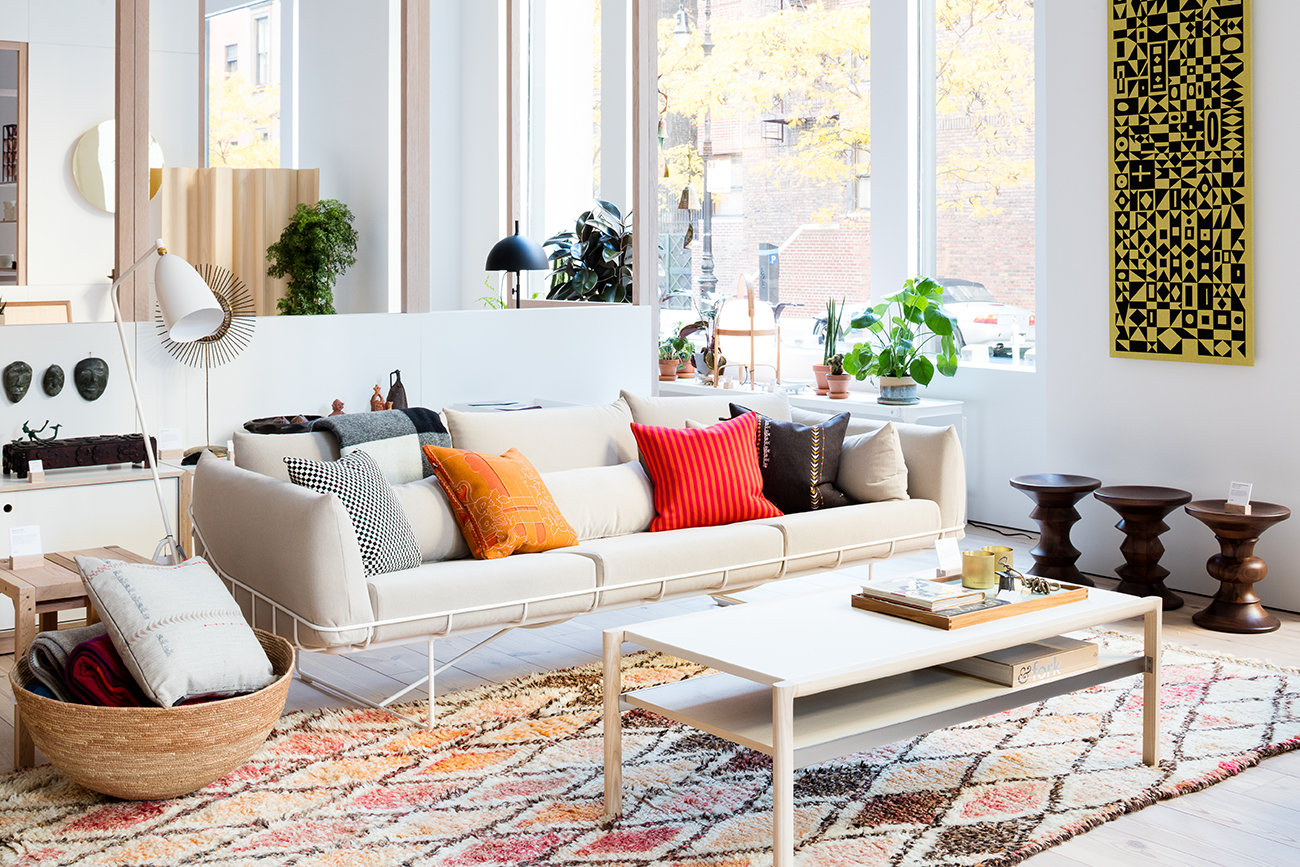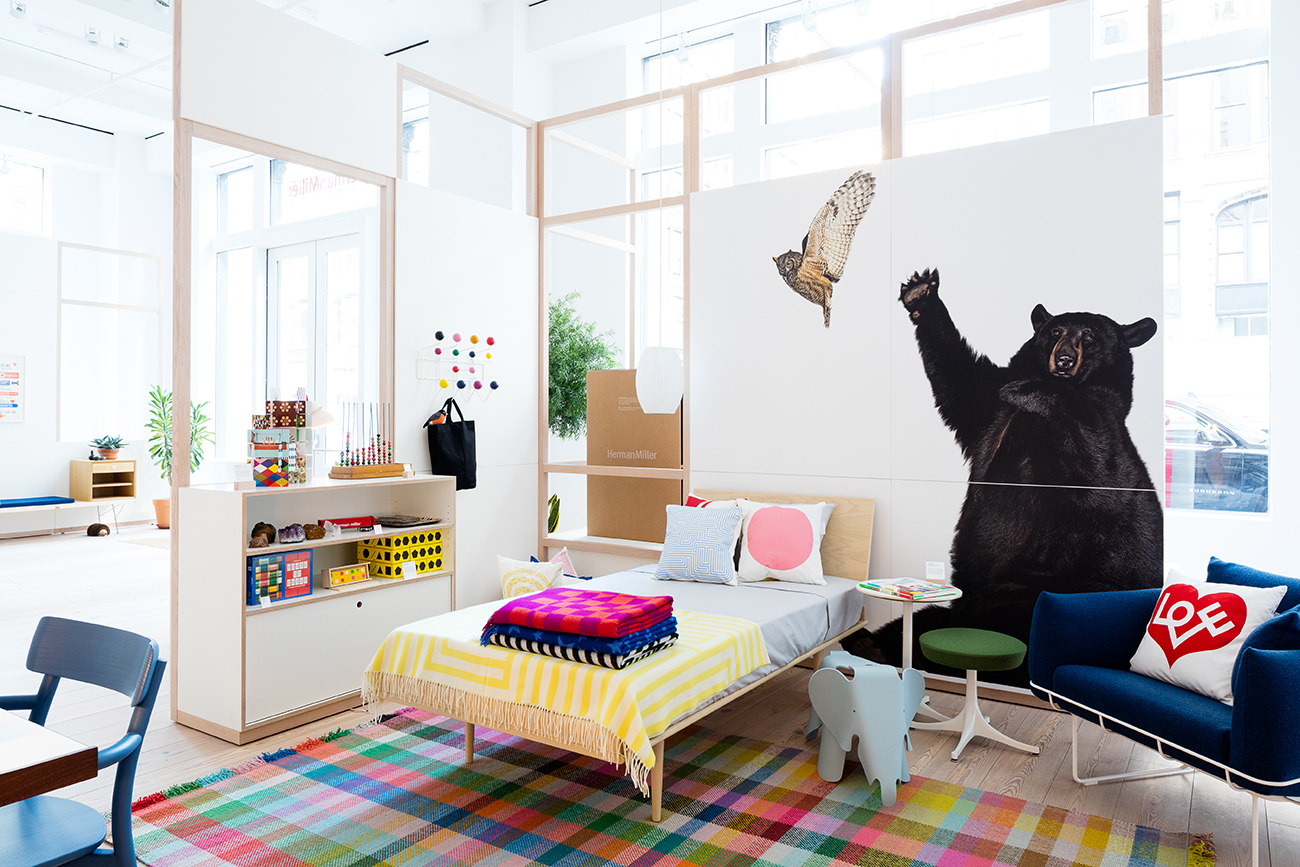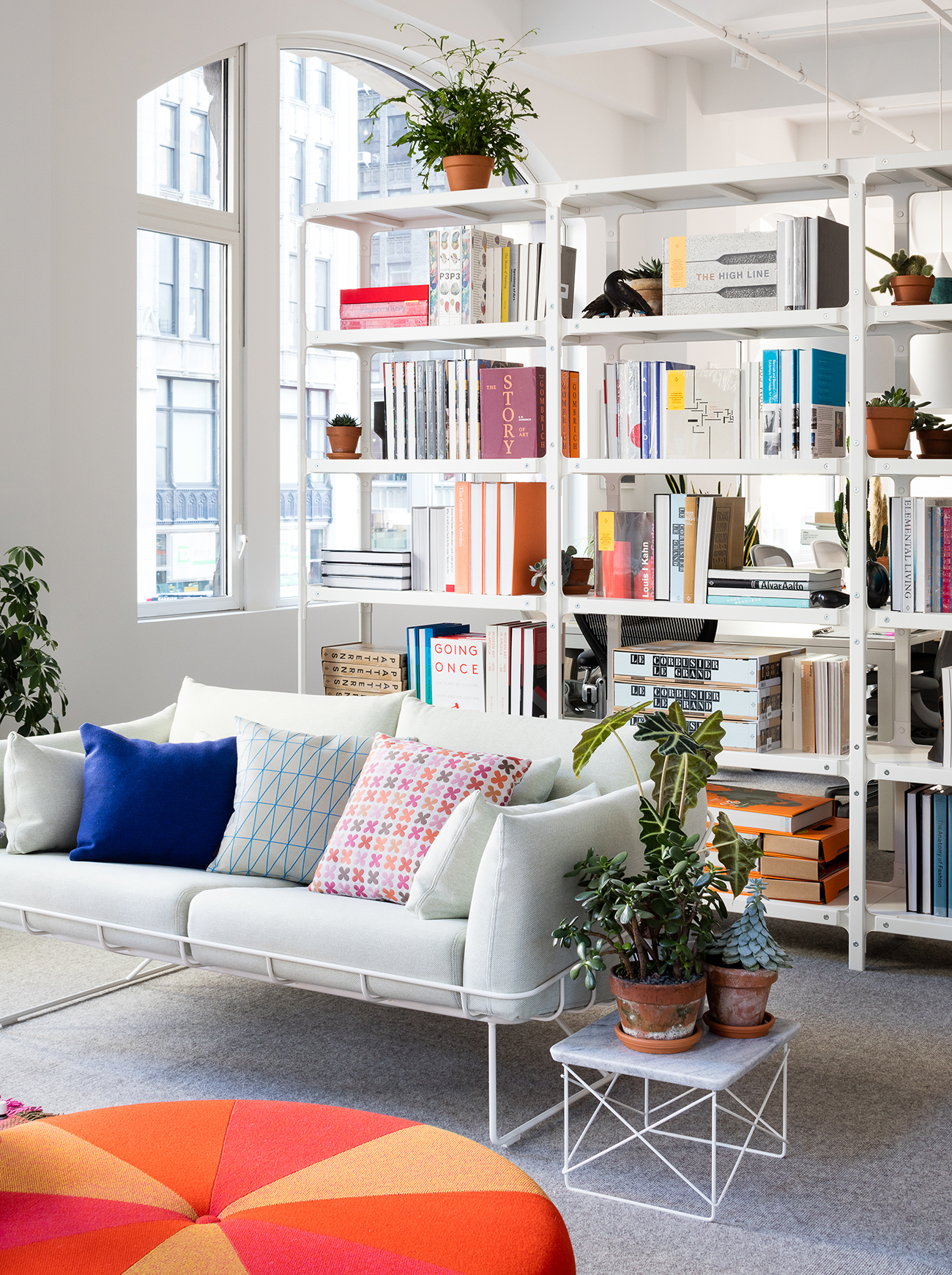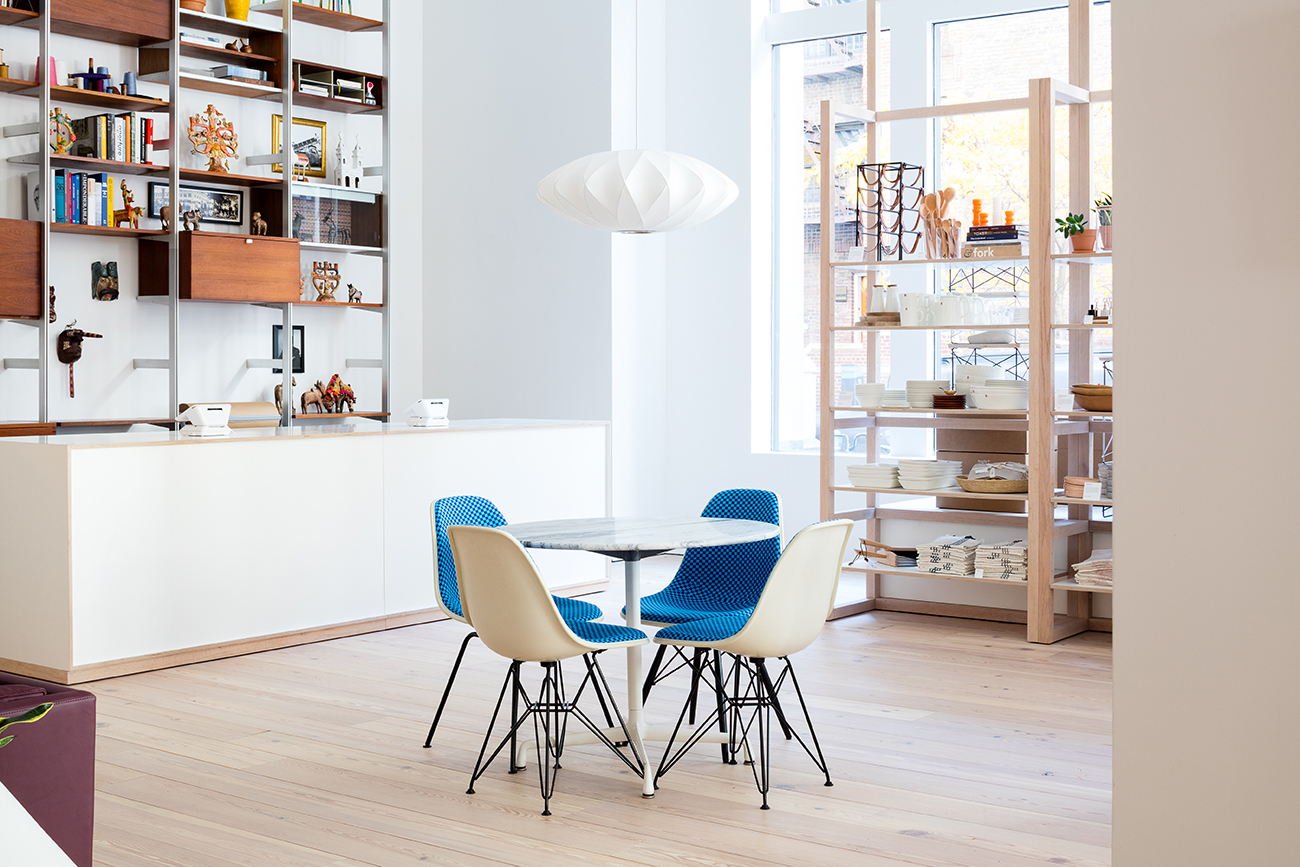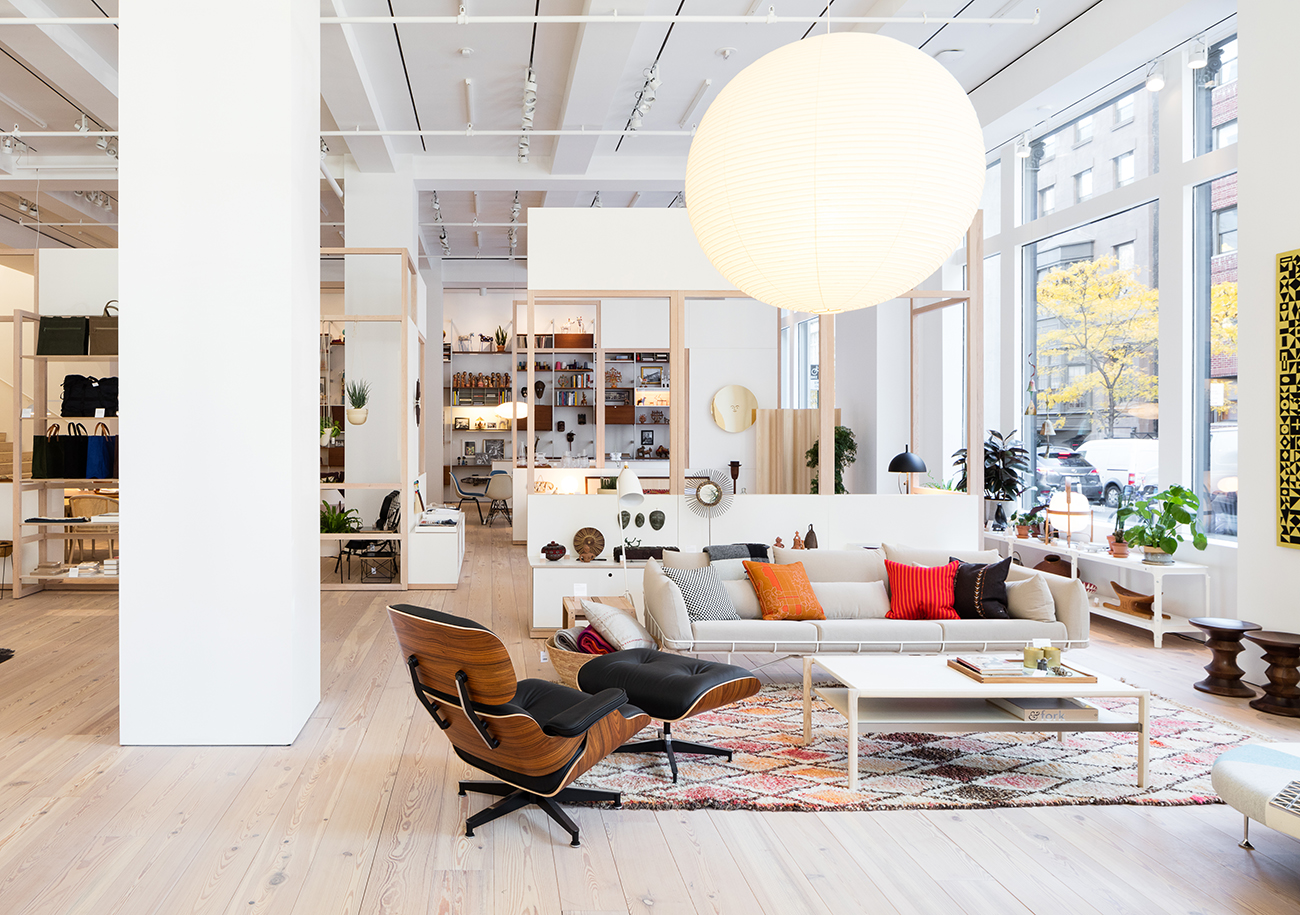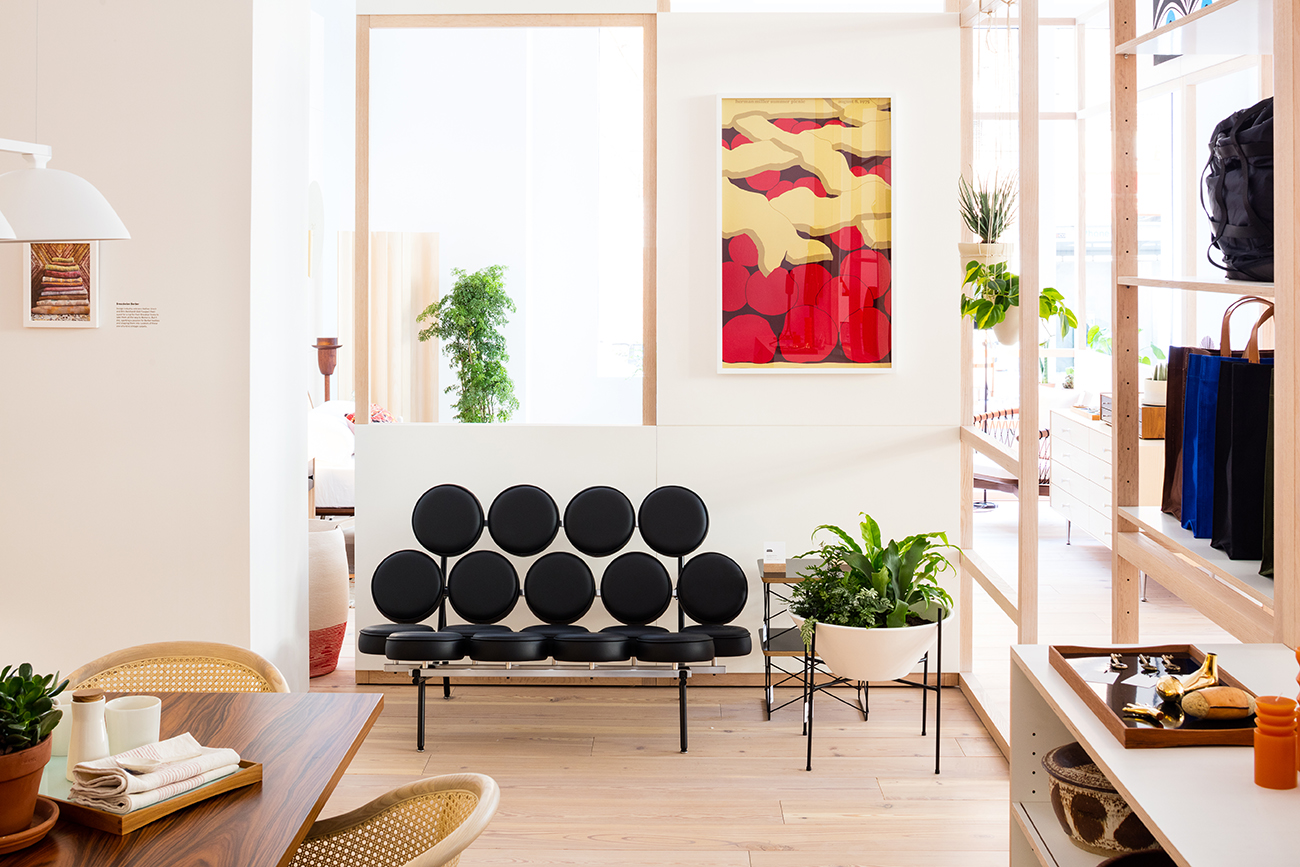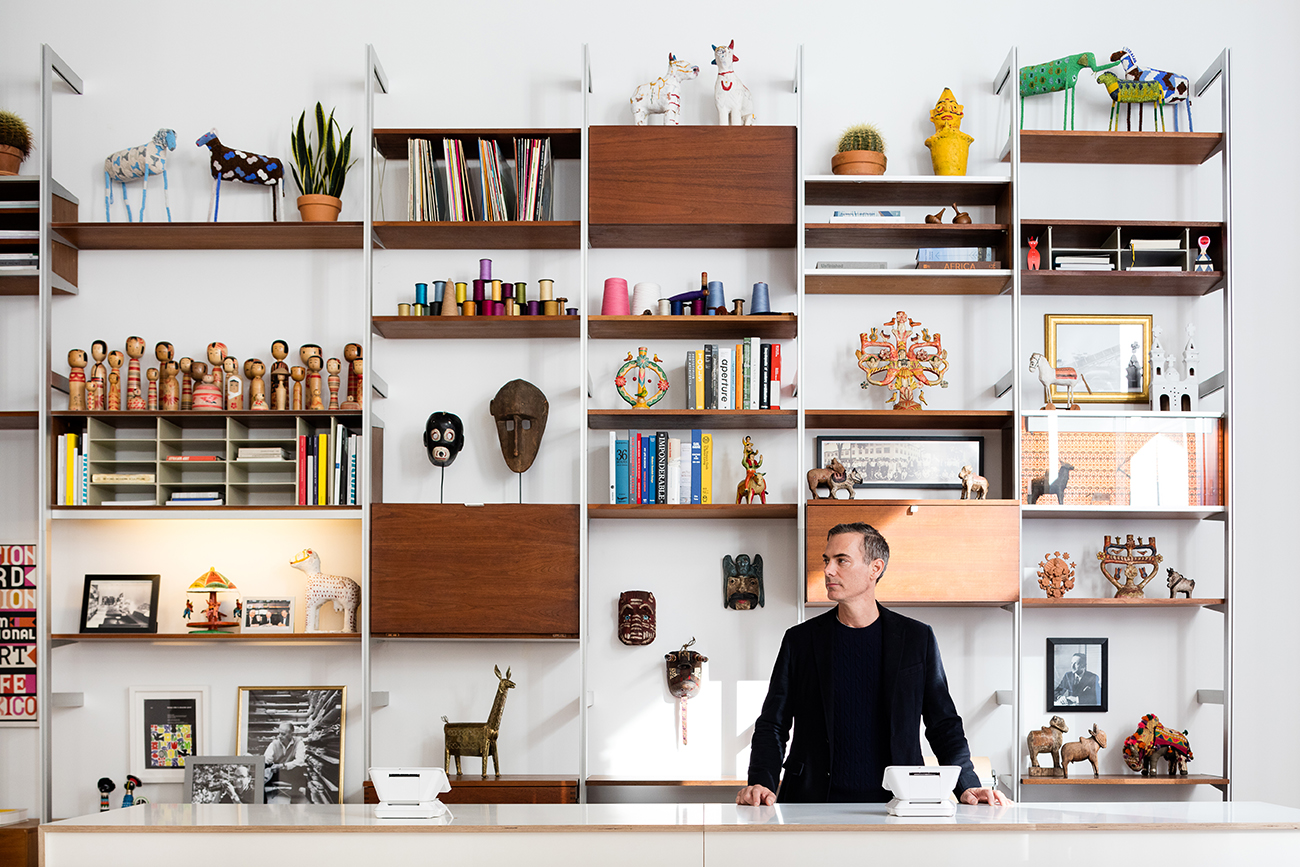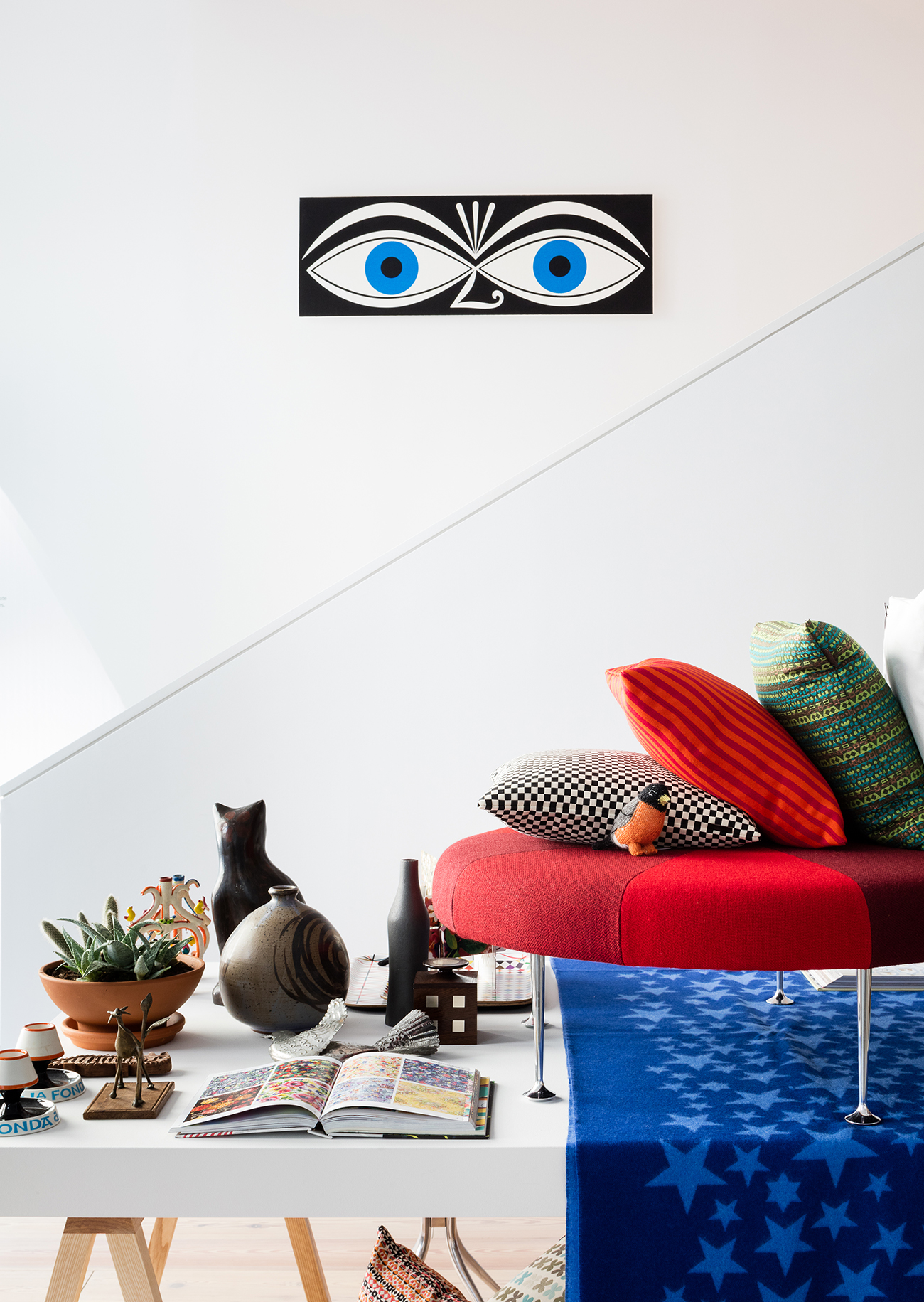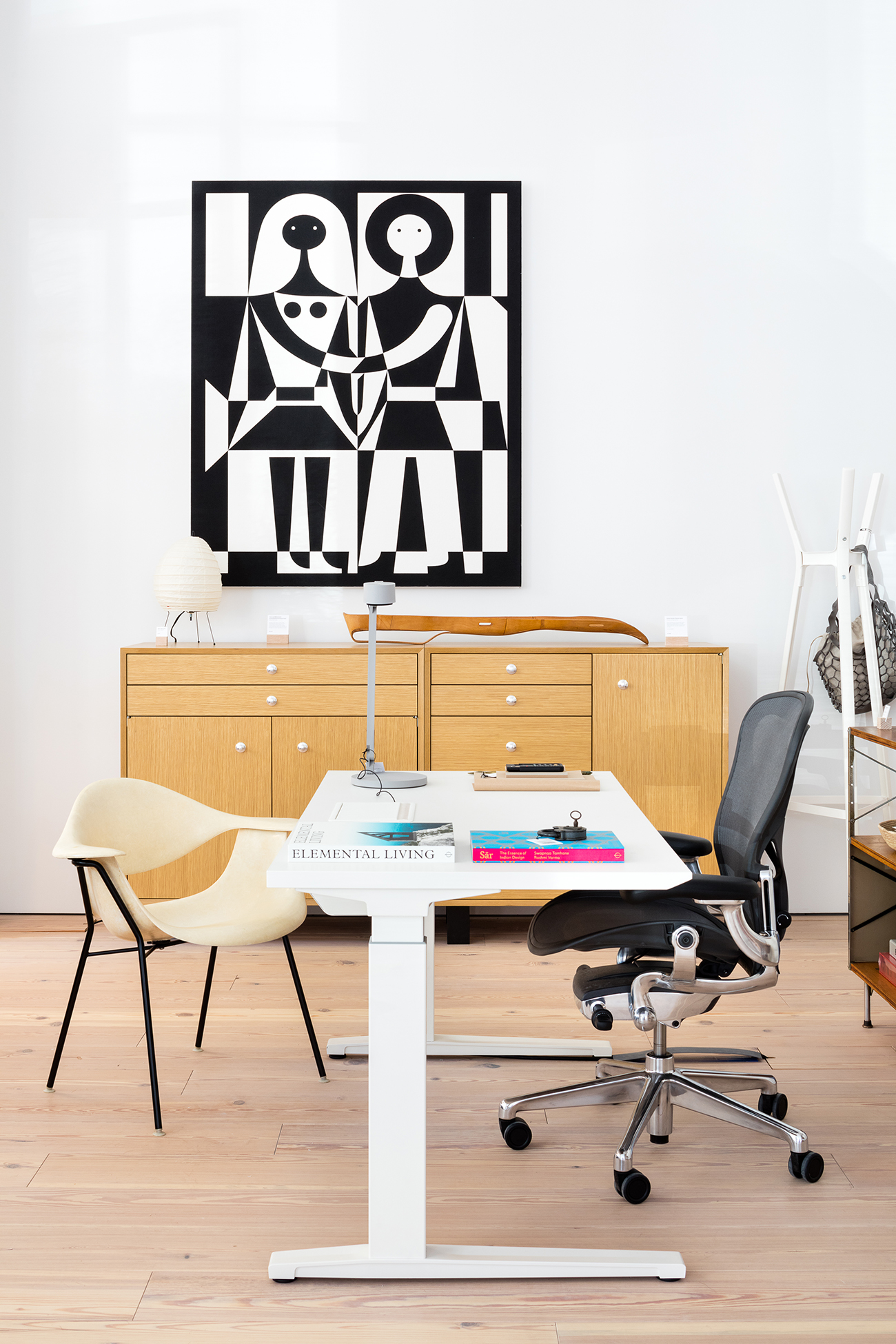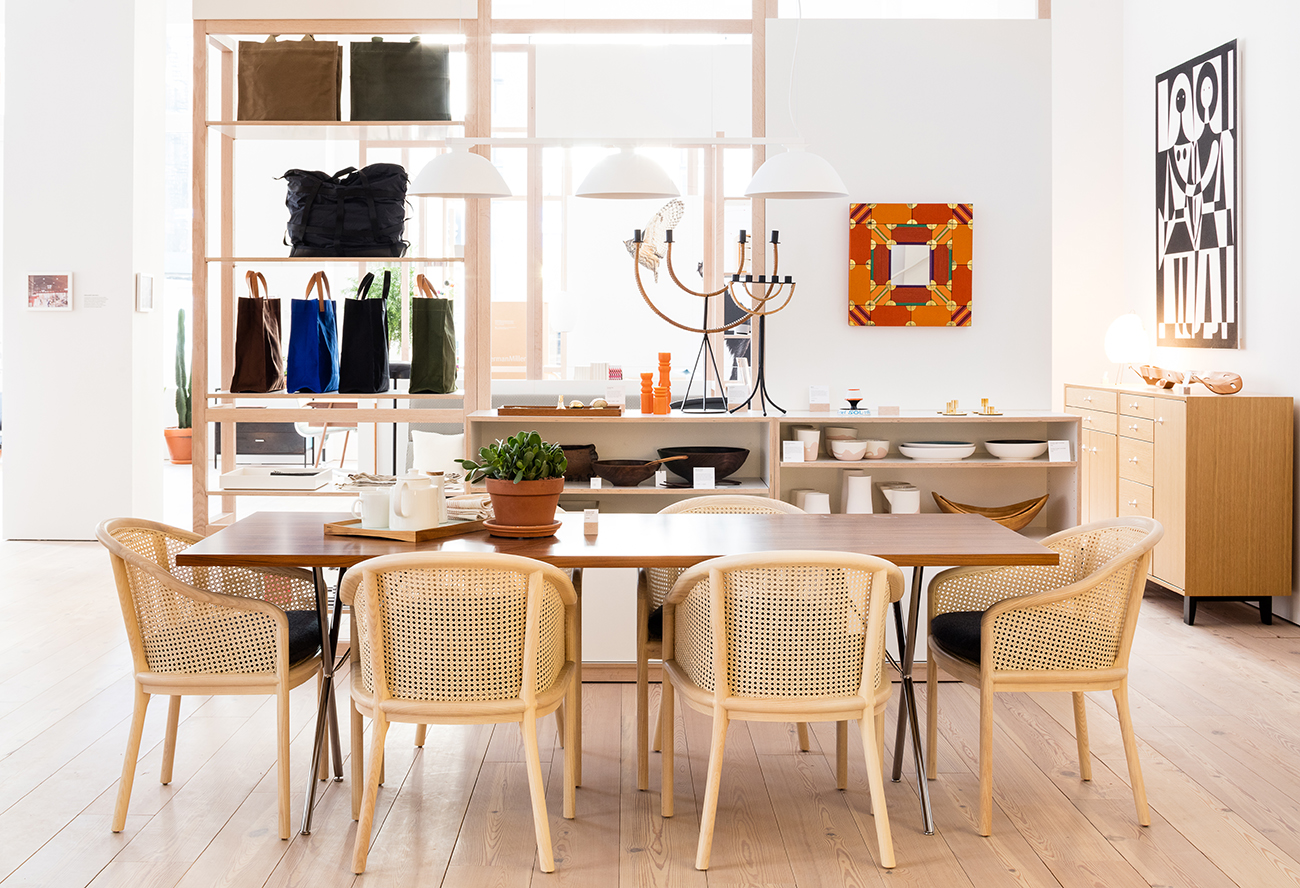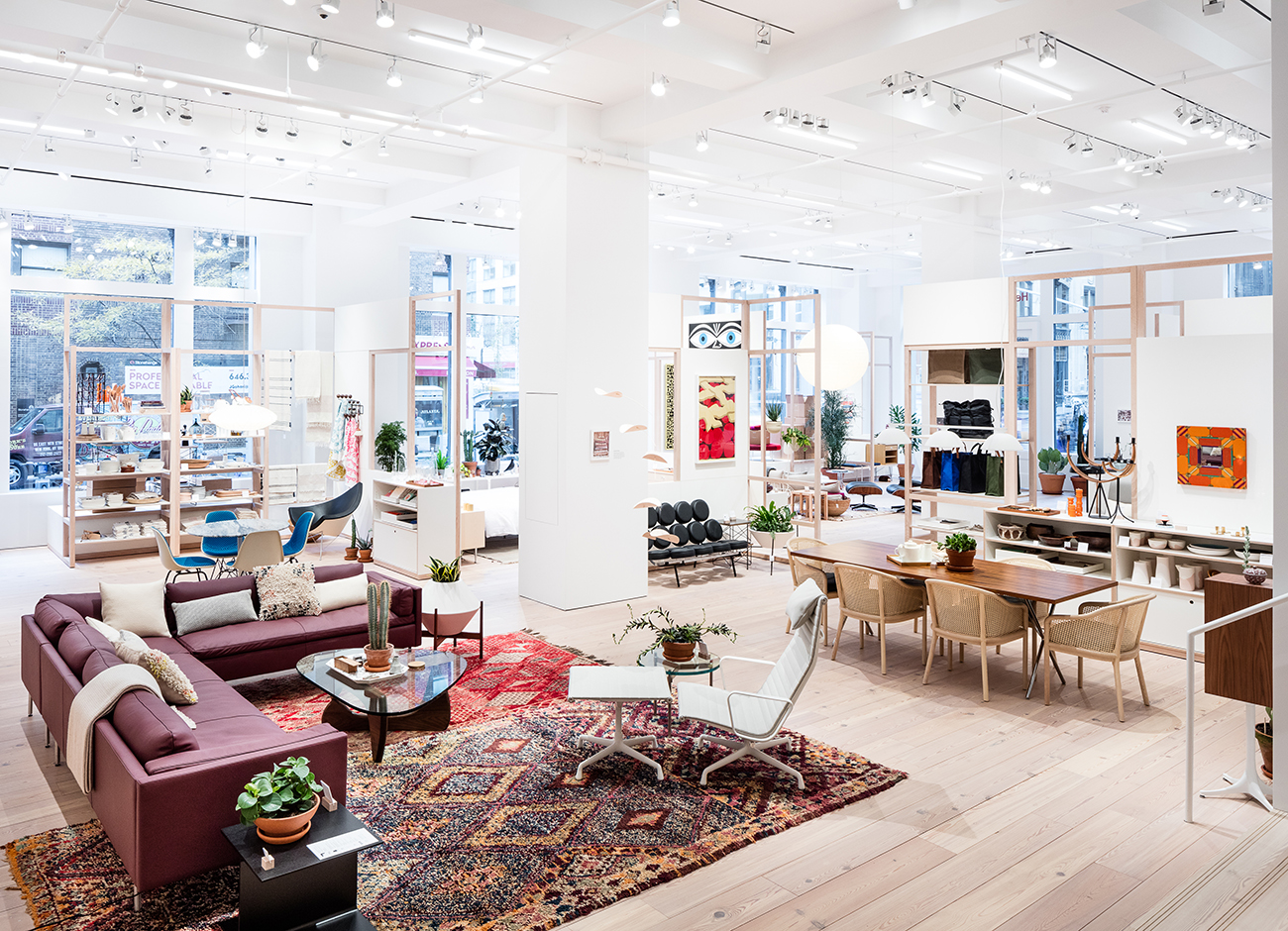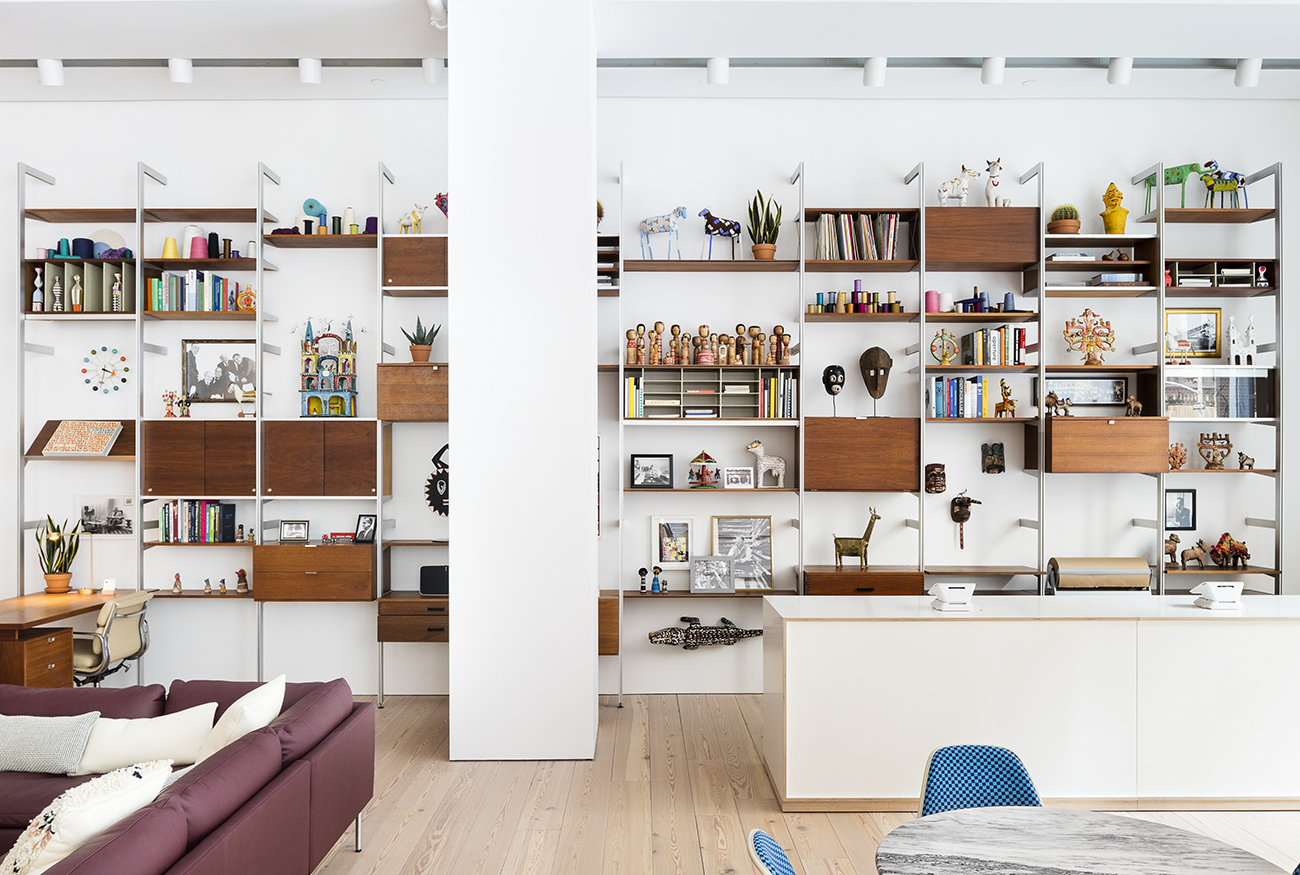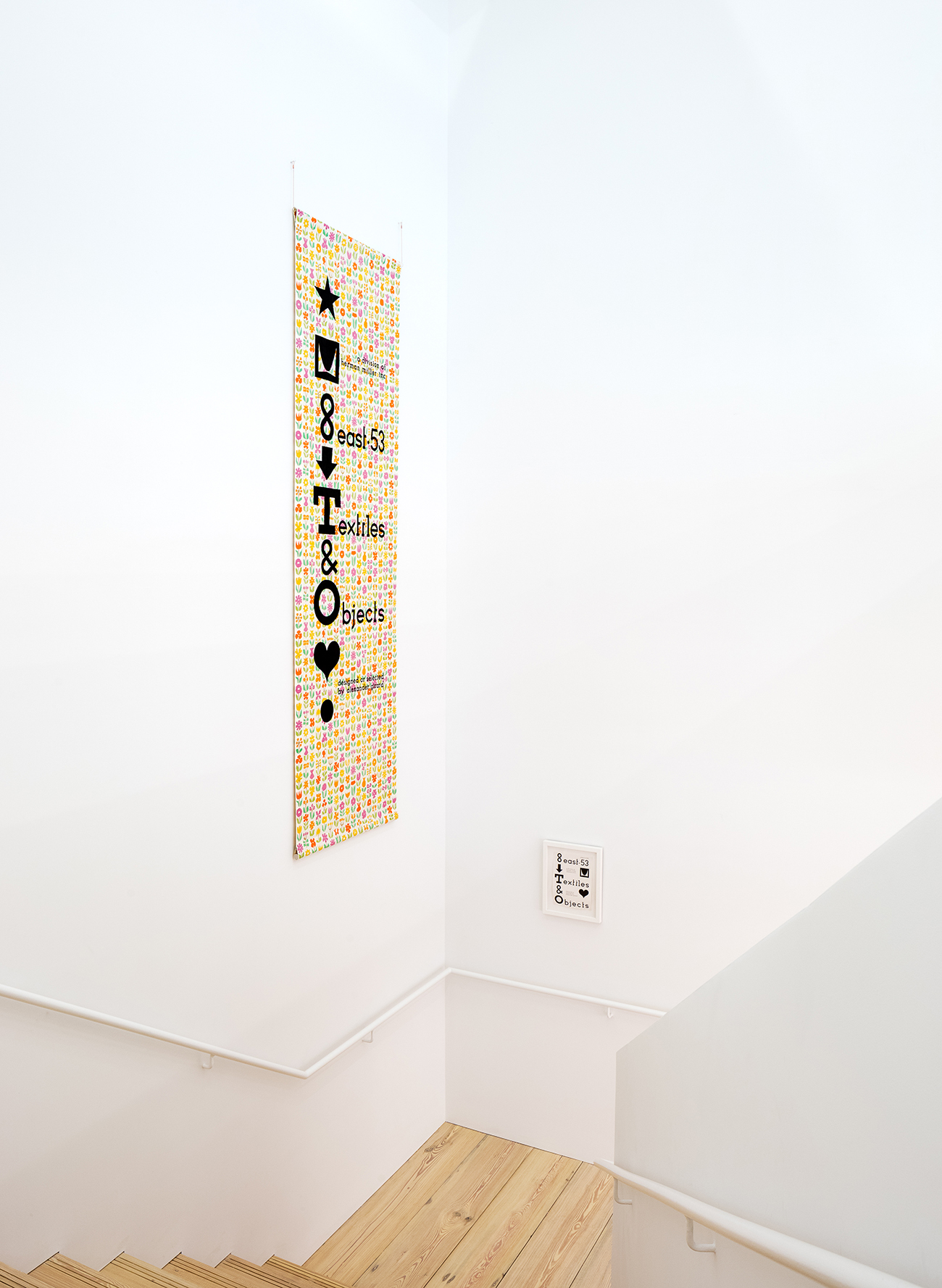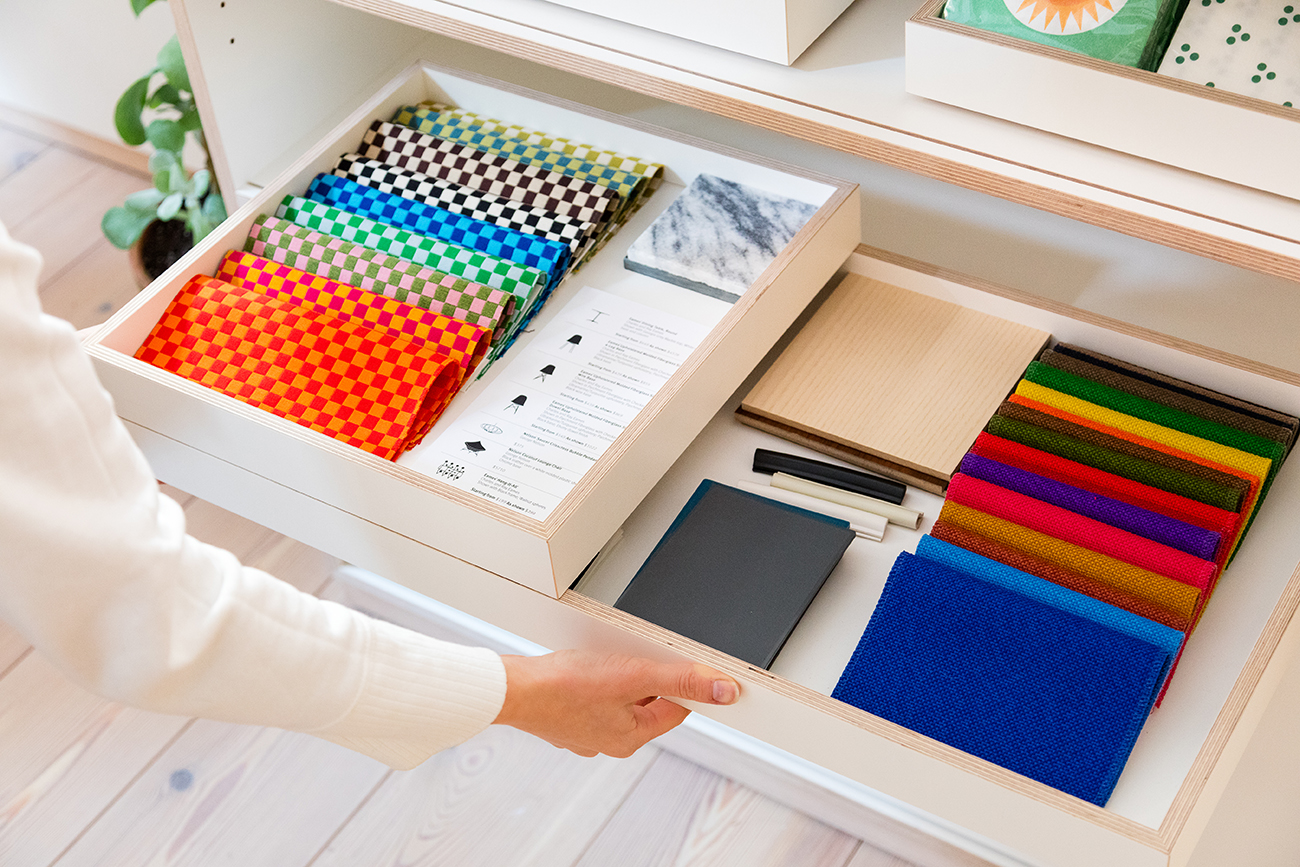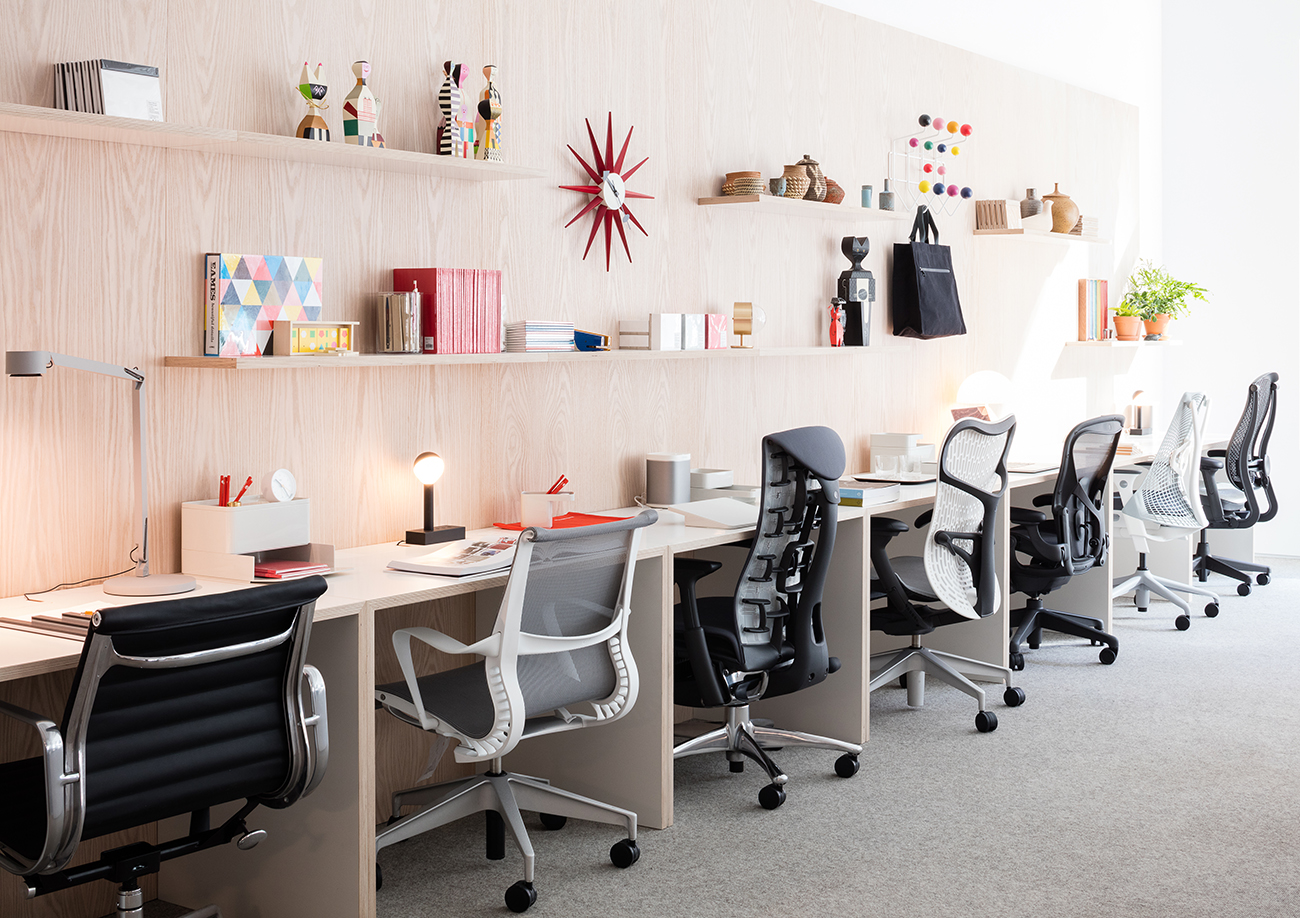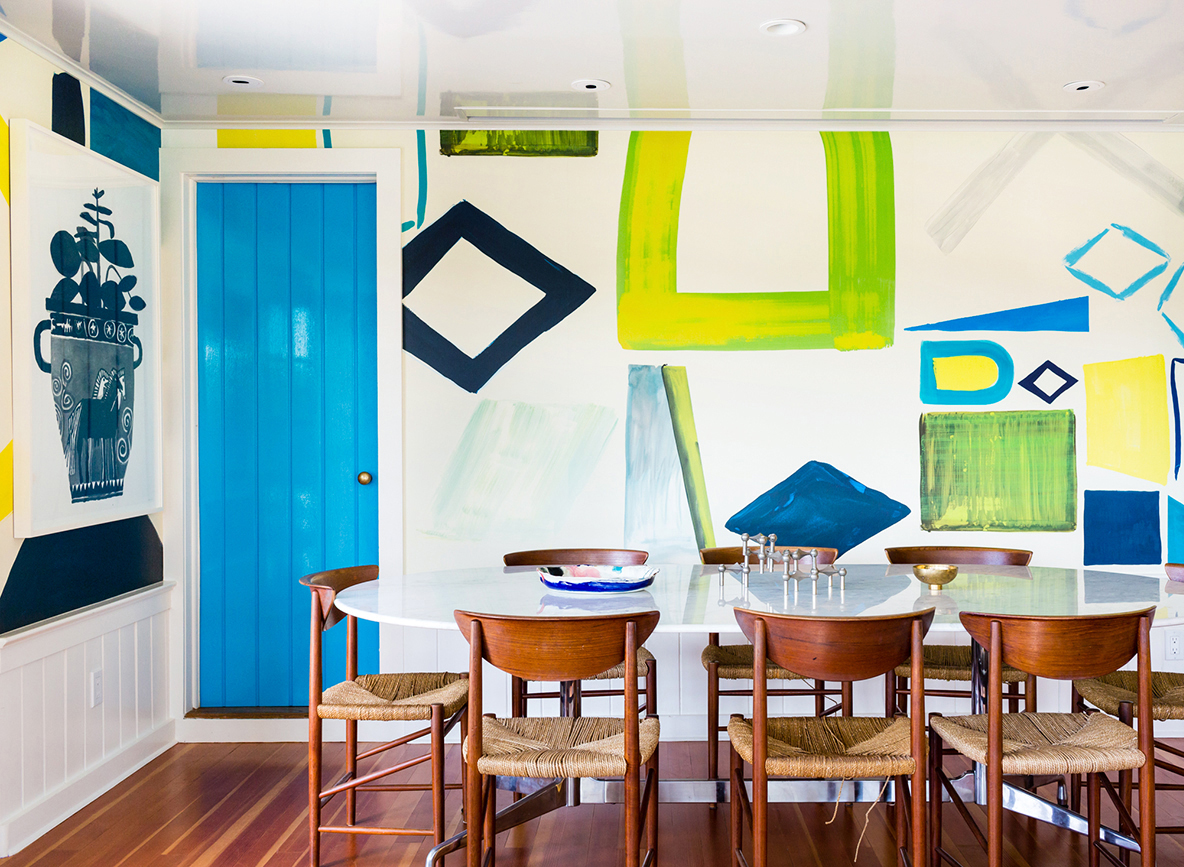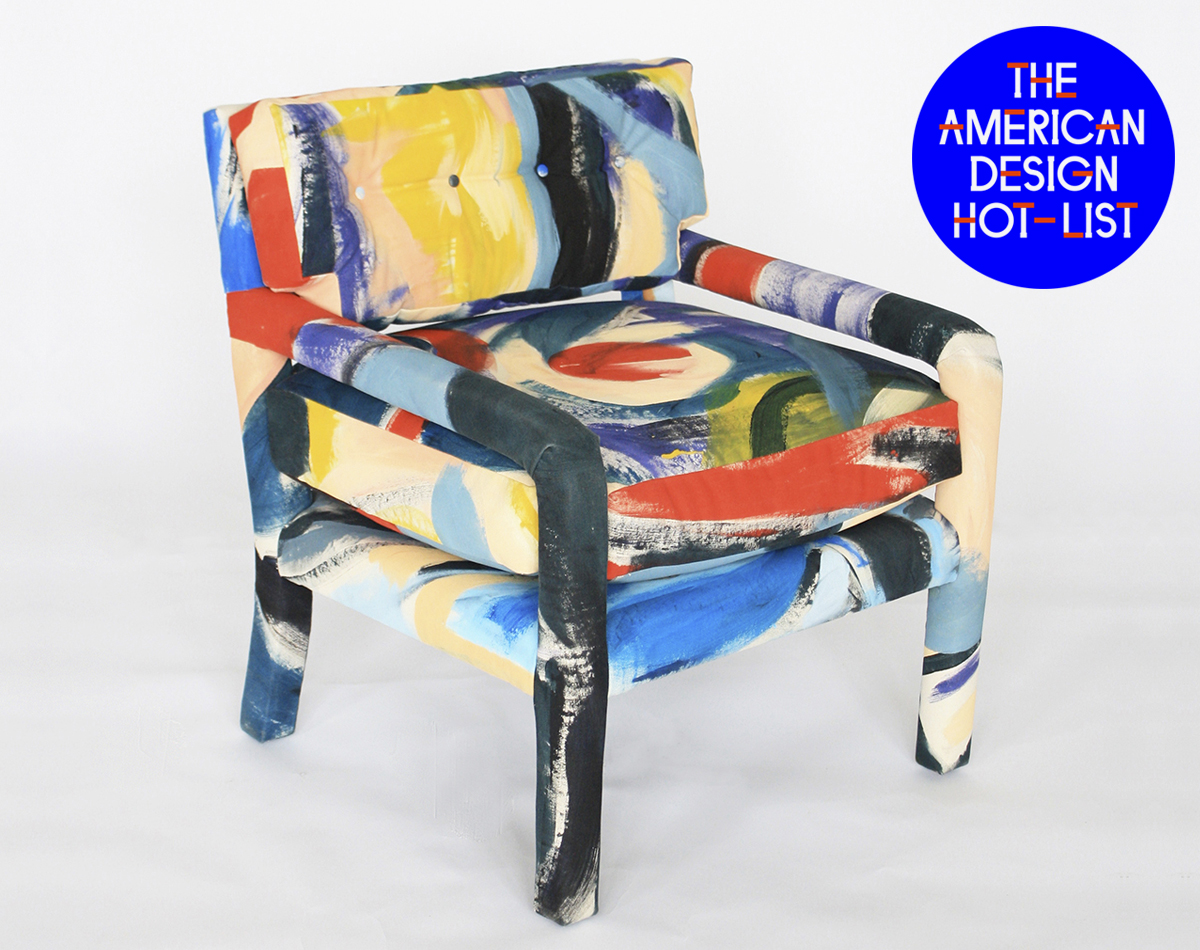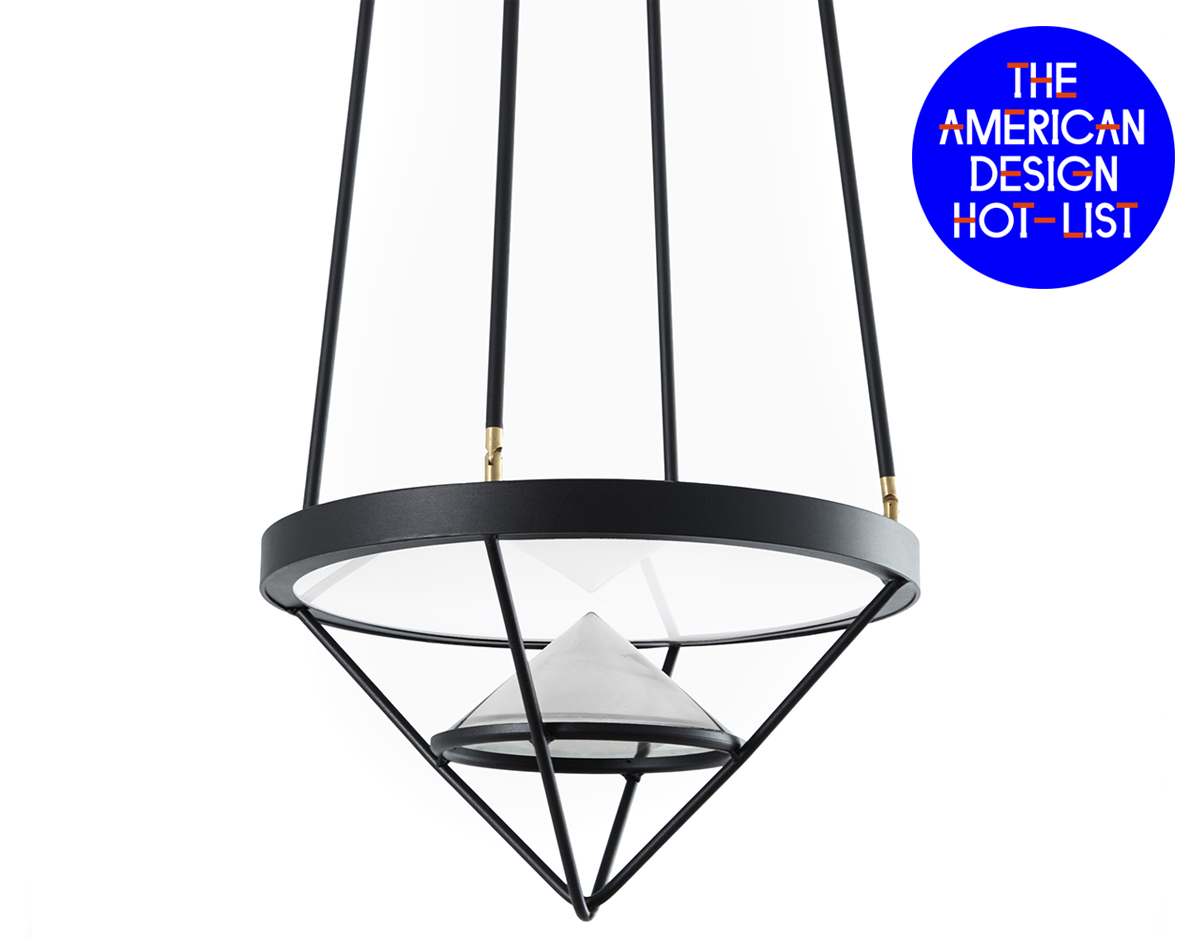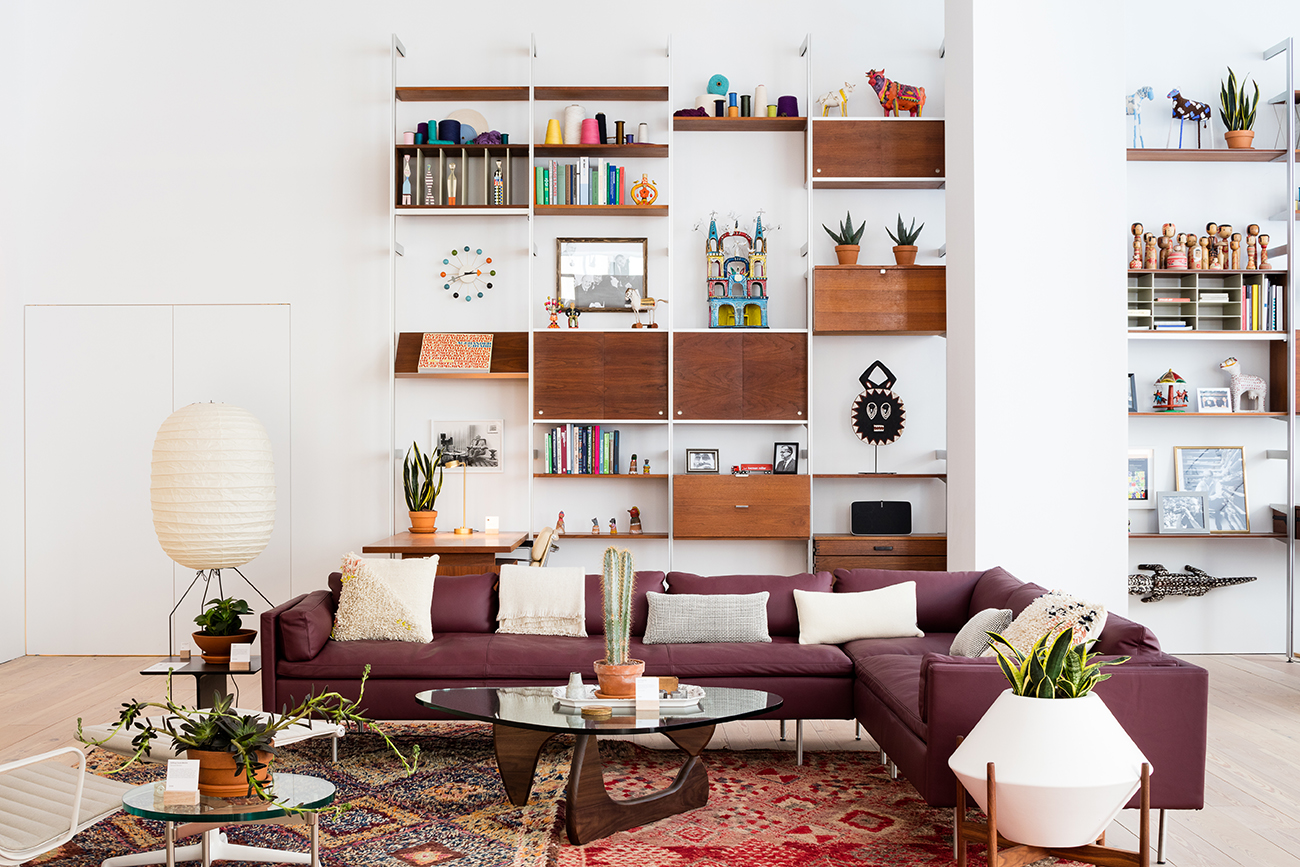
11.30.16
Q+A
Herman Miller’s New York Flagship is a Design Store for the Way We Live Now
When people ask us where to do good design shopping in New York, it can be hard to come up with the perfect answer: Coming Soon has the market cornered on giftables; The Future Perfect and Matter offer more of a fun, theatrical gallery-going experience; and ABC Carpet & Home filters many of its offerings through its lens of spirituality. But there was never quite anywhere that felt exactly made for the way so many people live now, with a curated mix of classics, small goods by independent designers, and one-of-a-kind vintage items culled from flea markets, eBay, and the occasional online auction low-balling.
Until now, that is. Five years in the making, the new Herman Miller flagship opened on Park Avenue South in New York just before Thanksgiving, at the same address where George Nelson once had his offices. The new store nods towards Herman Miller’s storied place in American design but more often than not, it also looks forward, both re-contextualizing vintage items and archival Herman Miller pieces in a fresh, more modern context and incorporating some of our current favorite independent designers and brands, like Helen Levi, Hawkins New York, Doug Johnson, and Areaware. We recently spoke with Herman Miller’s senior manager of art direction, Jennie Maneri, to find out more.
Photos by Nicholas Calcott
Herman Miller has been engaged, for a few years now, in a shift that moves the company’s attention towards the consumer and the home, and the new store seems like a perfect distillation of that. Can you talk about the larger concept for the flagship?
We wanted the store to feel like a home. We wanted to welcome our guests to explore — to be able to move through the space and discover things and to really learn about our family of designers and contributors. It was important to us that the space felt very human and warm. We wanted to promote a different kind of modernism that is more focused on the people who live in the spaces and not as much on the objects in a home. It’s about how people interact with the objects. That’s why we intentionally have this mix of accessories with our furniture and floor coverings — because all of those things really round out that lifestyle vision.
In your role, you’re also in charge of directing photo shoots and catalog styling. Does the vision for the store differ from what was presented before on a smaller stage, or is it a natural extension of what you’ve already been doing?
It is definitely an extension. We’ve been working on the store for a few years now and it was fun on photo shoots to bring some of that vision to life before we had the store. In a way, it was practice for figuring out what merchandised well together and what different types of objects and makers we might have in the store one day. Like Helen Levi — I don’t know if she knows this but we’ve been using her ceramics in photo shoots for a while now, so it was a natural connection to bring her in to the store as a designer we’d be selling.
Speaking of Helen, can you talk about the curation process and how you went about selecting independent designers and brands to add into the mix?
It goes back to a lecture that Eames gave at Harvard in the early ’70s. He spoke at this lecture about goods and the beauty and perfection in things like a bolt of fabric or a box of chalk — even balls of twine. He talked about the potential these items have and the stories they would become. We really kept this in mind as we were imagining the merchandise mix throughout the years, and the way we’re breaking up the merchandise works on a few different levels. We have items that we see living for many years to come, that we would always have in the mix — the “good goods” I was speaking about from the Eames lecture. Items like Kaj Franck’s Teema dishware from Iittala, or Jasper Morrison’s glassware, even Edward Wohl cutting boards. Items that are perfect in their design, their use, and their beauty. Then we’ll be layering on different kinds of merchandise based on different personas. With each change out of the floor, we’re thinking about the changing of different personalities in the space. We’re imagining, okay, what kinds of makers and designers would this person have in the home? And that’s how we’re making our selections.
Who is that initial personality you’re catering to with the opening?
It was really important that we celebrate Herman Miller with our opening. The direction I was giving to our merchandisers is that it should have the spirit of the Eameses, the artfulness of Noguchi, and the curation of Alexander Girard. We wanted all of those things to come to life in the space, and we used that as a base for how we pulled the rooms together, what materials we chose, and the objects that our buyers were after.
We have some pieces from Knotwork out of LA. We’re working with Creative Women, an amazing company that partners with textile artisans and woman-led businesses in Africa — they’re doing all of our table linens. We have an amazing selection of Alexander Girard accessories from Vitra, everything from desk accessories all the way up to a brass wall relief. We are partnering Breuckelen Berber, and they’ve been providing us with an amazing vintage rug selection. We also work with Maharam, who we own, and they have Danskina so we’re showing those rugs designed by Hella Jongerius. We also have Deborah Ehrlich’s amazing crystalware and Andrew Pearce’s beautiful wooden bowls.
The direction I was giving to our merchandisers is that it should have the spirit of the Eameses, the artfulness of Noguchi, and the curation of Alexander Girard.
In addition to these designers and brands, there’s also a relatively large component of vintage, archival, and one-of-a-kind items that really make the store feel special.
Yes, that’s a huge part of the merchandising mix. We are working with Wright in Chicago, an amazing partner that knows our brand better than most. They’re on the lookout for one-of-a-kind, unique, archival items from Herman Miller, vintage pieces, and accessories that are connected to our brand in some way. These are always changing because everything’s for sale, so it’s a great way to keep the store fresh and vibrant. We have an Eames Cat’s Cradle base currently in the space, and I think we just sold these wonderful cookie jars by LaGardo Tackett, who was actually the Director of Objects for Herman Miller years ago, hired by Girard. So there’s a nice mix of quirky things that Wright is providing for us. And then we work with pickers, who find other unique objects that fit in with our spirit.
Are there any one-of-a-kind objects in the store that you specifically love?
Oh man, my first purchase was this bizarre little butterfly ashtray that’s made out of metal. The wings come off and become individual ashtrays — so a butterfly sculpture where, when you break the wings off, they become four ashtrays for four guests. I don’t smoke but I loved this piece because of the history that it held and the stories I that imagined were being told when this was being used however many years ago. I never in a million years would have imagined an item like that existed in the universe.
In terms of Herman Miller pieces, were there items you guys were specifically looking to bring into the spotlight?
One of the great things about the store is that we can tell a larger story about the Herman Miller offerings. So often people forget that we have a depth and breadth of offerings that really fit within in a house or a small home office. People focus a lot on our work seating, which we are promoting quite heavily on the second floor, but on the first floor, we’re really using it as a space to feature things customers might not know about. We brought a George Nelson bed out of the archives; it hadn’t been produced in many decades and we’ve had it in the line for a year or so, but people still don’t know we have beds. So this was a great opportunity for us to merchandise things like that so people can imagine them in their own space.
How often will you re-envision the floor?
Probably twice a year, though we’ll constantly be refreshing the store. We also have an installation space on the second floor, which will rotate a bit more frequently. Currently we have the Aeron Remastered exhibit. We are also planning programming and a lecture series and different events. We ultimately want to show people how Herman Miller can fit into many different kinds of lives. It’s not just one kind of person. We want to be able to show that our product, by re-contextualizing it or changing the materials on it or the colors, can really change the persona of the person who might be buying it.
This post was sponsored by Herman Miller, but all thoughts and editorial content are our own. Like everything at Sight Unseen, our partner content is carefully curated to make sure it’s of the utmost relevance to our readers. Thank you for supporting the brands that support Sight Unseen.
